Are CT scans dangerous? Yes! Should you not allow your child to have a CT scan? No!
Recently published research documented, for the first time, a direct link between children receiving CT scans (ionizing radiation) with the development of brain tumors and leukemia. The research findings are powerful, and they should be carefully evaluated. However, the benefits of CT scans must be considered along with the risks. Most importantly, it should be noted that there have been significant improvements and increased awareness of the dangers of ionizing radiation since the research study was conducted.
The referenced investigation authored by Mark S. Pearce, Ph.D., of New Castle University, was published in The Lancet June 7, 2012 and was jointly funded by the National Cancer Institute in the U.S. and the Department of Health in the U.K.. This investigation was the first to demonstrate direct evidence that 2-3 head CT scans before age 15 could triple the child's risk of developing a brain tumor, and 5-10 head CT scans may triple the risk of developing leukemia. They studied an impressive 178,000 children who had CT exams between the mid-1980s until 2002 for up to 20 years post CT exposure.
While this published information is alarming, the benefits of a CT examination for accurate early diagnosis or treatment planning should not be ignored. Radiologists and CT manufacturers have been aware of ionizing radiation dangers and risks and have made progress increasing image quality while reducing radiation exposure. In recent years, certainly since this investigation was conducted, and specifically since the time that the study was concluded in 2002, there has been an exponential refinement of CT software and hardware advances available to improve image quality while utilizing significantly less radiation. Radiation doses are now also documented and recorded as part of the imaging record enabling an accurate cumulative patient exposure history.
So what should you do if your child has had head trauma or unrelenting headaches or other symptoms and your physician recommends a CT examination? First, you should discuss the diagnostic imaging options to confirm or exclude the suspected diagnosis with your physician. Perhaps an MR exam would be an alternative diagnostic modality. If a biopsy is needed, is CT guidance being recommended and is that the only option? If it is determined that a CT examination is the optimal imaging examination, then questions regarding safety should be posed. Is the software and hardware at the chosen imaging facility state of the art? Does the equipment limit the exposure dose? Is the image acquisition being conducted in an ACR-accredited facility and being performed by trained CT technologists using protocols directed by a board certified radiologist? Radiologists are physicians trained in limiting the dangers of radiation and can help facilitate dose reduction without sacrificing image quality. Radiologists are an excellent resource for treating physicians and for patients to determine which imaging examination has the highest yield for an accurate diagnosis and for individualizing the examination to the patient's age, size and symptoms.
CT examinations, like all medical tests, should be performed only when medically required. The results of the proposed CT or any imaging examinations should answer a clinical question and either confirm or exclude a suspected condition. No medical exam should be performed just for physician convenience or self-referral expedience.
Things to know:
- Benefits of an examination must outweigh the risks. - Alternative imaging exams should be considered but if less effective or unavailable or limited and the examination may not be appropriate. - CT facilities that are ACR-accredited use "Image Quality," "Image Wisely," "Image Gently" (low dose) protocols and have been thoroughly investigated and approved as to safe practice policies.- Protocols for your imaging examination are optimally supervised by an experienced board certified radiologist, specifically one who subspecializes in the area (neurology, gastroenterology, urology, musculoskeletal, etc.) of potential diagnosis.
You are entitled to have answers, so ask questions.
For more by Helene Pavlov, M.D. click here.
For more on health care, click here.